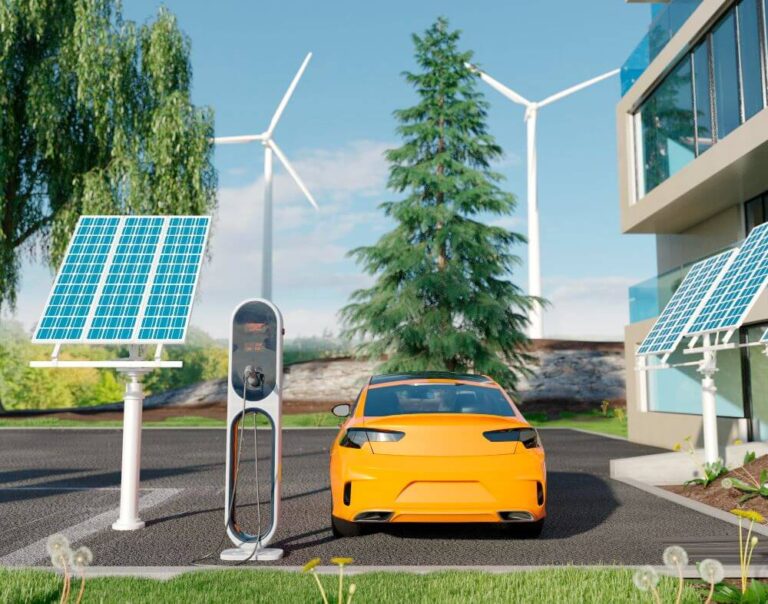As climate change accelerates, the push towards net-zero emissions has become a global imperative. Countries and corporations alike are setting ambitious decarbonisation targets to reduce greenhouse gas emissions and limit global warming.
Among the many technologies being adopted to support this transition, emobility, the use of electric vehicles and supporting infrastructure, has emerged as a potential game-changer. But is mobility truly the key to achieving net-zero, or just one part of a larger sustainability puzzle?
Understanding Emobility and its Scope
At its core, emobility refers to the use of electric-powered transport solutions, including electric cars, buses, bikes, and trucks. It also encompasses the broader ecosystem: charging infrastructure, smart grid integration, battery innovation, and fleet management technologies.
The rise of emobility is not just about replacing petrol and diesel engines with batteries. It is about creating a new transport paradigm, one that is cleaner, smarter, and more efficient. The shift is already visible in urban mobility trends, last-mile logistics, and public transport upgrades worldwide.
How Emobility Helps Reduce Emissions
Transport accounts for nearly a quarter of global energy-related carbon emissions, with road transport contributing the lion’s share. Replacing internal combustion engine (ICE) vehicles with electric alternatives can significantly cut emissions, especially when powered by renewable energy sources.
Here’s how emobility directly supports decarbonisation:
- Zero Tailpipe Emissions: Electric vehicles (EVs) produce no tailpipe emissions, drastically reducing urban air pollution and carbon output.
- Grid Optimisation: When connected to smart grids, EVs can balance energy loads and support renewable energy use.
- Energy Efficiency: EVs convert over 85% of electrical energy to motion, compared to just 20–30% for ICE vehicles.
In cities adopting electric public transport fleets and last-mile delivery solutions, measurable drops in CO₂ and PM2.5 levels have been recorded, evidence of emobility’s real-world impact.
The Challenges of Emobility Adoption
Despite its promise, emobility is not without its challenges. Infrastructure readiness, battery production emissions, and high upfront costs can slow adoption.
- Charging Infrastructure: Widespread deployment of fast, reliable charging stations is still in progress in many regions.
- Battery Supply Chain: Mining and processing raw materials like lithium and cobalt come with their environmental footprint.
- Energy Source Dependence: If EVs are charged using coal-based electricity, their net emission reduction potential is diminished.
These hurdles must be addressed to unlock the full benefits of emobility and align it with long-term climate goals.
Is Emobility Alone Enough for Net-Zero?
While emobility plays a critical role, it cannot achieve net-zero emissions on its own. True transformation requires a multi-sector approach:
- Energy Transition: Scaling up renewable energy is essential so EVs can run on clean power.
- Urban Planning: Compact city design and integrated transport systems can reduce vehicle dependence altogether.
- Behavioural Shifts: Encouraging shared mobility, walking, and cycling can complement emobility strategies.
In essence, emobility is a pillar of the net-zero transition, but it must be supported by systemic change in energy, policy, and behaviour.
Emobility as a Catalyst, Not a Silver Bullet
Emobility has the potential to reshape transport and dramatically cut carbon emissions. When combined with renewable energy, circular battery systems, and sustainable urban planning, it becomes a powerful enabler of net-zero goals. But relying on emobility alone is not enough.
For a truly sustainable future, it must work in concert with broader decarbonisation strategies. Governments, businesses, and consumers must align to accelerate the emobility transition, turning it from a promising solution into a cornerstone of climate action.


